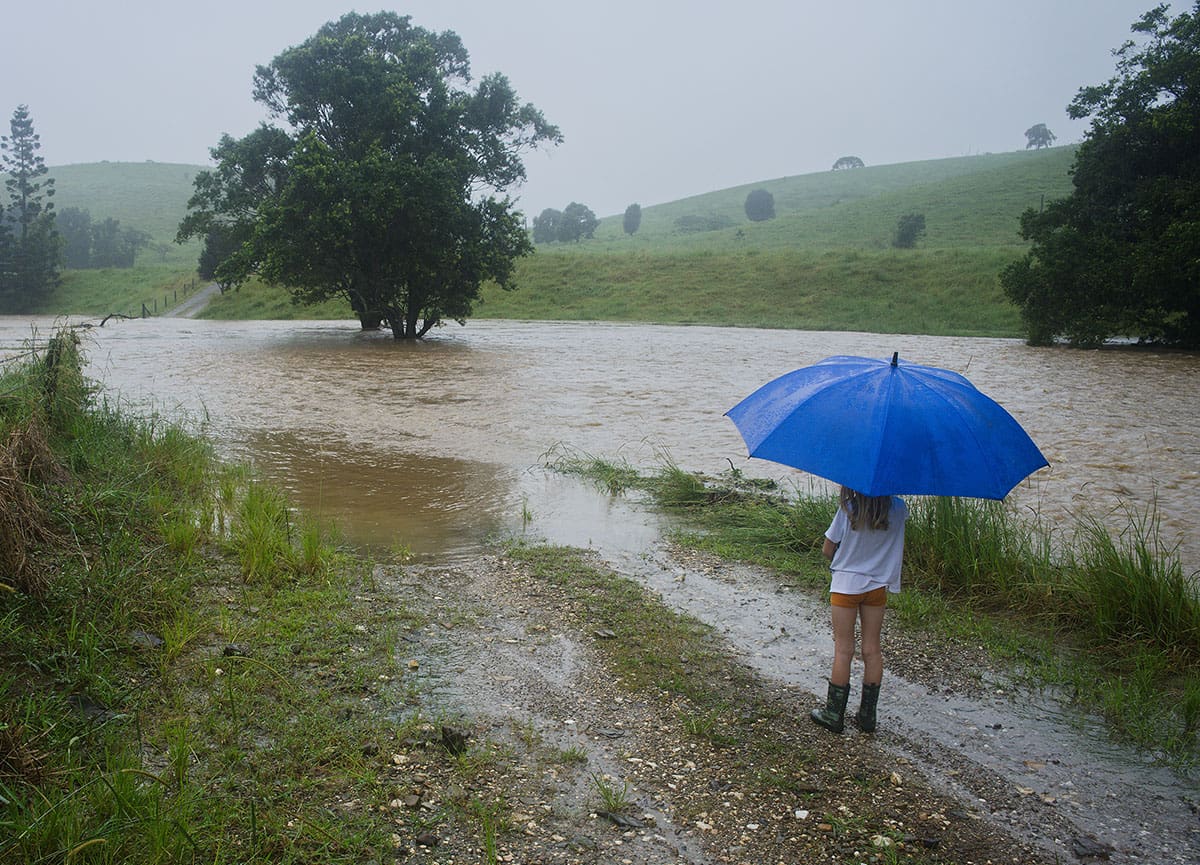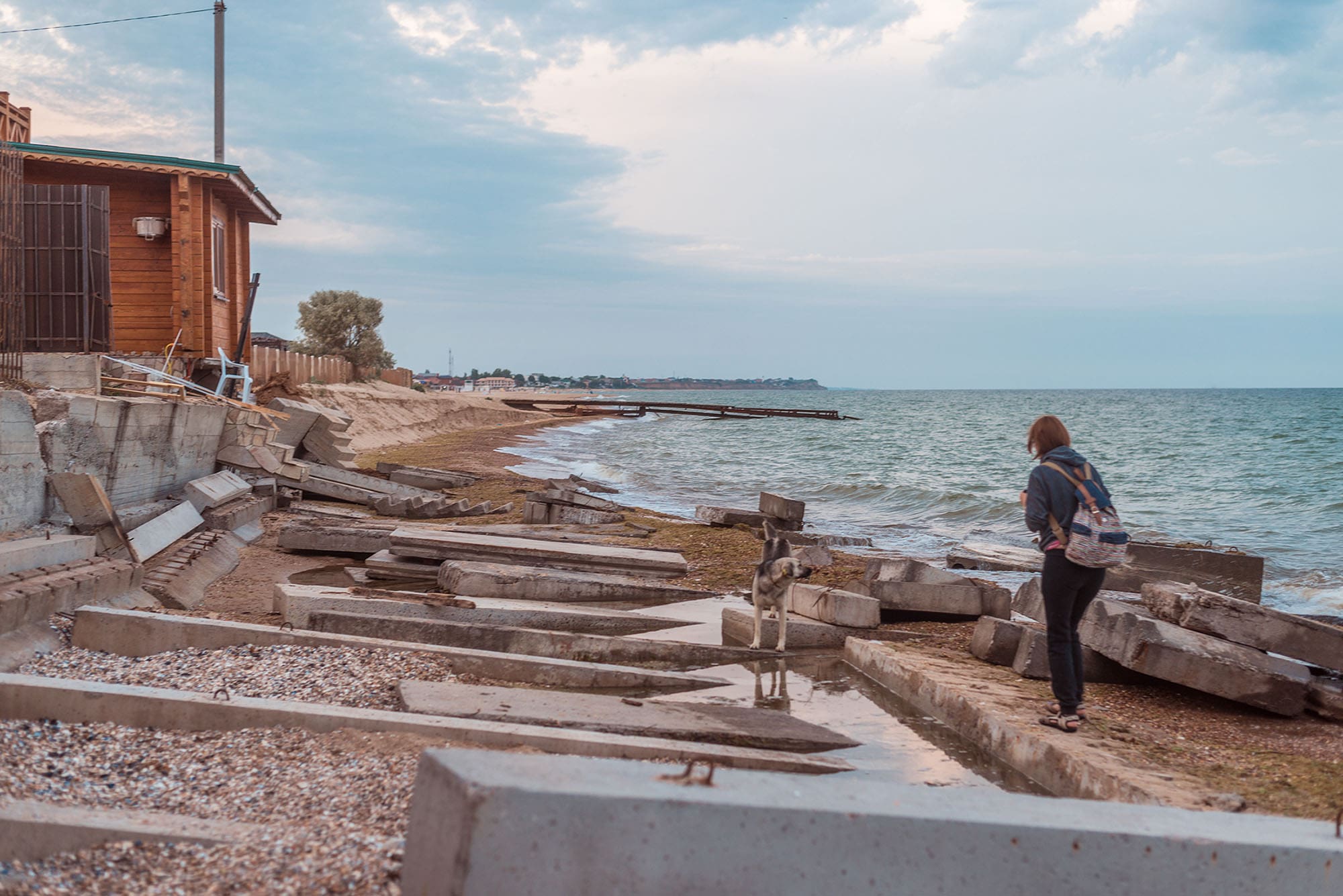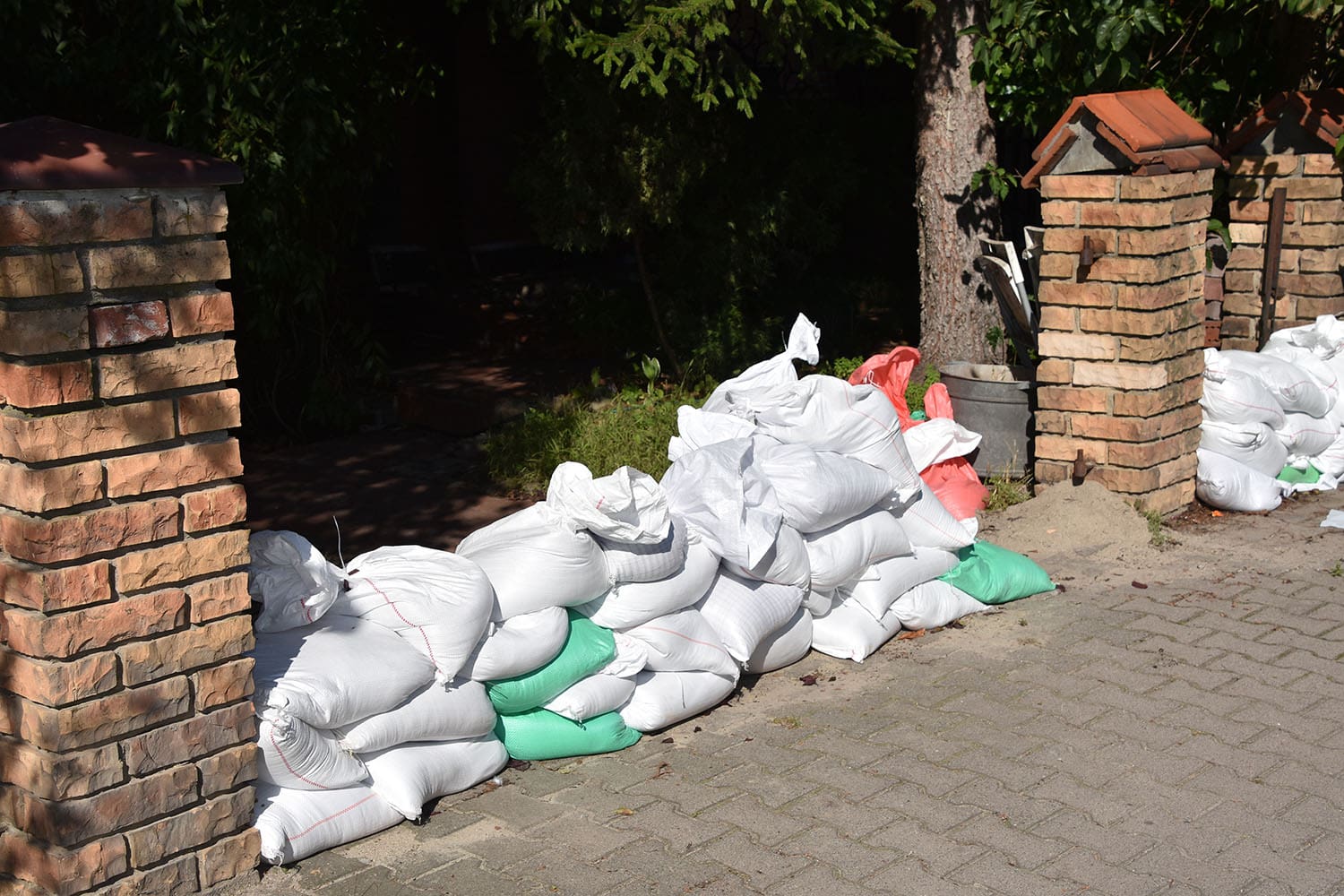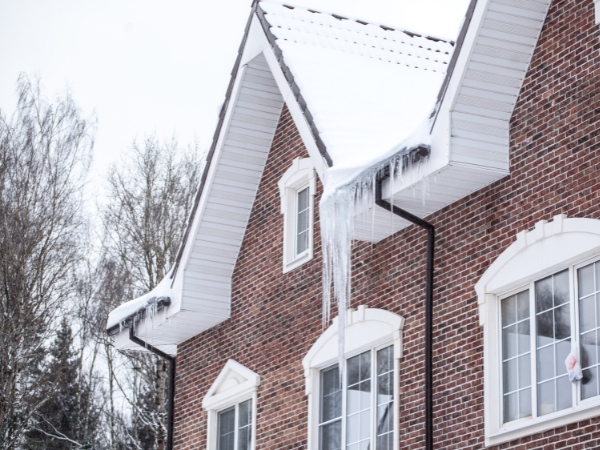Before a flood hits
- Ensure drains, gutters, and downspouts are not clogged and allow water to flow freely.
- Identify, learn and practice evacuation routes.
- Identify shelters or a safe place to go if you need to evacuate your home.
- Have an emergency supply kit ready to go. See emergency kit preparedness below.
- Ensure important documents are placed in a waterproof container. A good practice is to create digital, password-protected copies of those documents.
- Move valuables to higher places in the home.
During a flood
- If evacuation orders have been issued, evacuate immediately. Use designated evacuation routes and comply with all road closures to ensure you’re not hindering first responders’ ability to navigate the area.
- If you are experiencing a medical emergency, dial 9-1-1.
- Keep up to date about evolving emergency information through the Emergency Alert System (EAS) or the National Oceanic and Atmospheric Administration (NOAA).
- Avoid walking, swimming, and driving through flooded areas.
- Avoid bridges with fast moving water underneath, as the bridges may wash away with no warning.
- Remain in your vehicle if trapped in rapidly moving water. If water begins to fill your vehicle, get on the roof if possible.
- Get to higher ground or the highest level of a building. Avoid sheltering in closed areas, such as attics, to prevent getting trapped by rising water.
After a flood hits
- Heed all instructions from authorities.
- Only return home once authorities have deemed it safe to do so.
- Use a generator outside only if you’ve experienced a power loss.
- Avoid driving except in the case of an emergency.
- Take precautions to maintain your health during clean up. Mold growth, dangerous debris, and bacteria can be lurking in standing water. Wear a mask, heavy-duty work gloves, and protective clothing/shoes.
- Understand the risk of electrocution. Turn off the electricity in your house if it is safe to do so. Avoid touching any electrical equipment that is wet or if you’re standing in water.
- Keep an eye out for unwanted critters in your house. Snakes and other animals may have found their way in during the flood.
Contact us for more tips and information about how to stay safe during extreme weather events and natural disasters.
This material has been prepared for informational purposes only. BRPGroup, Inc. and its affiliates, do not provide tax, legal or accounting advice. Please consult with your own tax, legal or accounting professionals before engaging in any transaction.
For more information
We’re ready to help when you are. Get in touch and one of our experienced Baldwin advisors will reach out to have a conversation about your business or individual needs and goals, then make a plan to map your path to the possible.
This document is intended for general information purposes only and should not be construed as advice or opinions on any specific facts or circumstances. The content of this document is made available on an “as is” basis, without warranty of any kind. The Baldwin Insurance Group Holdings, LLC (“The Baldwin Group”), its affiliates, and subsidiaries do not guarantee that this information is, or can be relied on for, compliance with any law or regulation, assurance against preventable losses, or freedom from legal liability. This publication is not intended to be legal, underwriting, or any other type of professional advice. The Baldwin Group does not guarantee any particular outcome and makes no commitment to update any information herein or remove any items that are no longer accurate or complete. Furthermore, The Baldwin Group does not assume any liability to any person or organization for loss or damage caused by or resulting from any reliance placed on that content. Persons requiring advice should always consult an independent adviser.






